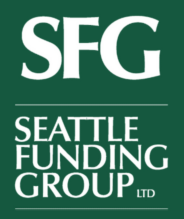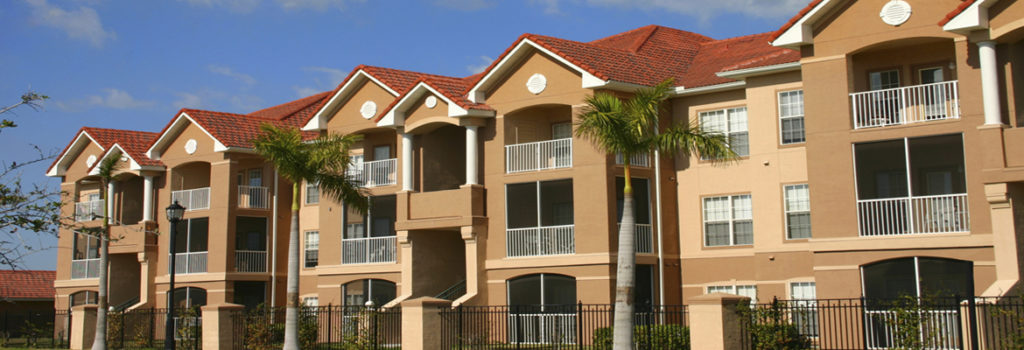Ok, so you are trying to get an apartment deal funded for your client. Knowing how to quickly screen value to see if the request is practical or not is key to being an efficient and valued broker. Cutting through the ridiculous and latching on to the quality transactions is the primary skill to prosperity and service.
If you know what you are doing, five minutes can save you five weeks. These basic principles are designed solely to cut through the fat and fools gold, so you can determine if the property has the merit, and the loan request has probability. Let’s quickly review the basics of cursory apartment valuation…
Apartments can be broken down to:
GPI (Gross Potential Income) – V (Vacancy (including free rent concessions)) – E all Expenses to run the property. The number you end up with is the apartment’s NOI (Net Operating Income). So we have
NOI = (GPI – (V+E))
Here is the part to really pay attention to:
By dividing the NOI into the prevailing rate of return investors are looking for when investing in that asset class (AKA Capitalization Rate or “Cap Rate”), you will find the basic value of the subject property.
Of course, the Cap Rate (rate of return) investors expect varies depending on the area demographics, asset age, property condition, future expectations for the area (positive or negative) and the current interest rate environment. Generally, investors like the Cap Rate to be higher than the interest rate they would pay to mortgage the asset, creating positive leverage.
Cap Rates today range from about 4.5% for the very best properties, to around 10% for riskier assets and declining areas. But the typical range is between 5 and 6%. The higher the Cap Rate the better, all other things being equal. If the area is rough, investors will expect a higher cap rate than if the area is in a proven growth location with prosperous demographics. Much like a growth stock with a lower PE ratio. If investors believe the property’s future is bright, they will accept less income today and a lower cap rate.
In closing, check out this example:
Imagine you are thinking of buying a 20 unit apartment complex where the units currently rent for around $900 each. With your talent, skill and expertise you believe you could get closer to $1,500 per unit. $1,500 x 20 = $30,000 x 12months = $360,000 (your GPI). You research that vacancy in the area is between 3-5%, we’ll call it 5% to be safe. And you estimate expenses of $4,500 per unit, per year…coming out to $90,000 total in expenses, plus the $18,000 (5% of $360,000) for vacancy. Using our formula above: NOI = ($360,000 – ($18,000+$90,000)), your NOI = $252,000.
Now, by applying different Cap Rates, we obtain a rough understanding of the current value. For instance, a 10% Cap Rate would be $2,520,000. An 8% Cap Rate would be $3,150,000. And a Cap Rate of 4% would be $6,300,000.
Stay tuned for Evaluating Apartments Over the Phone – Part 2, where we explain more on how to estimate the expenses of a potential investment. We will also provide you with an easy to use, ultra handy, and very effective SFG Valuation Calculator you can literally use while on the phone. Amazing!

